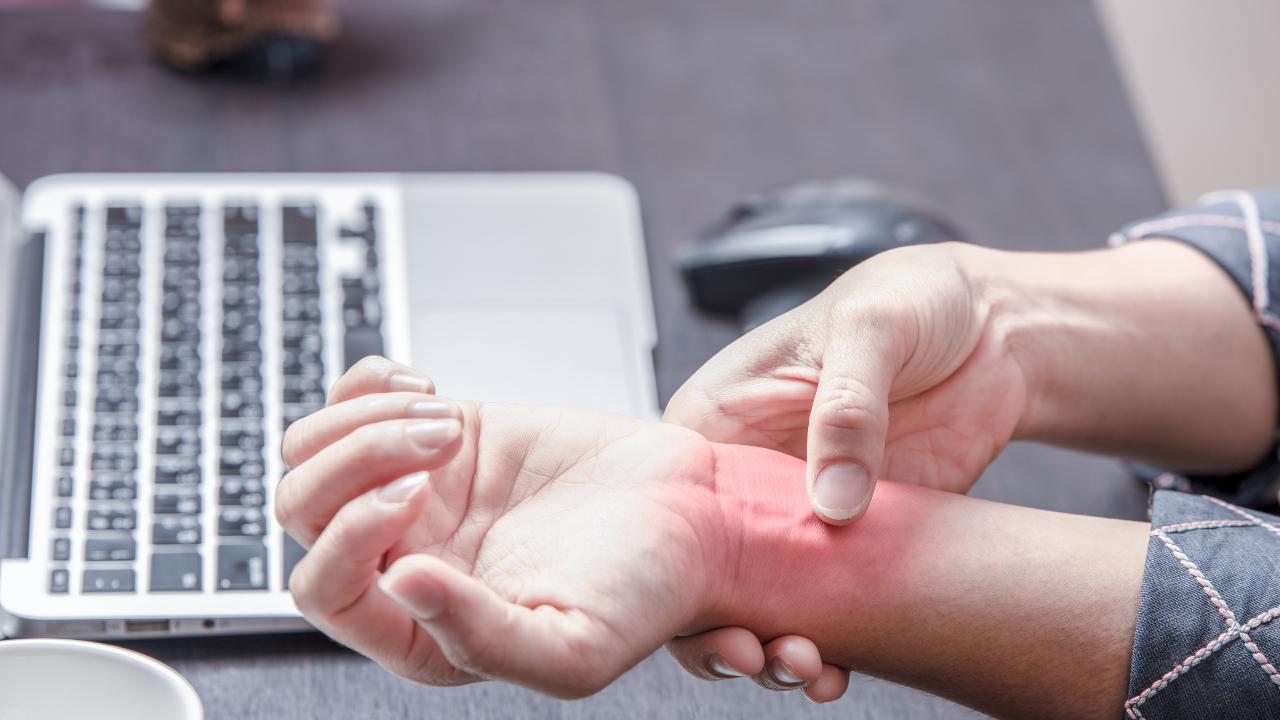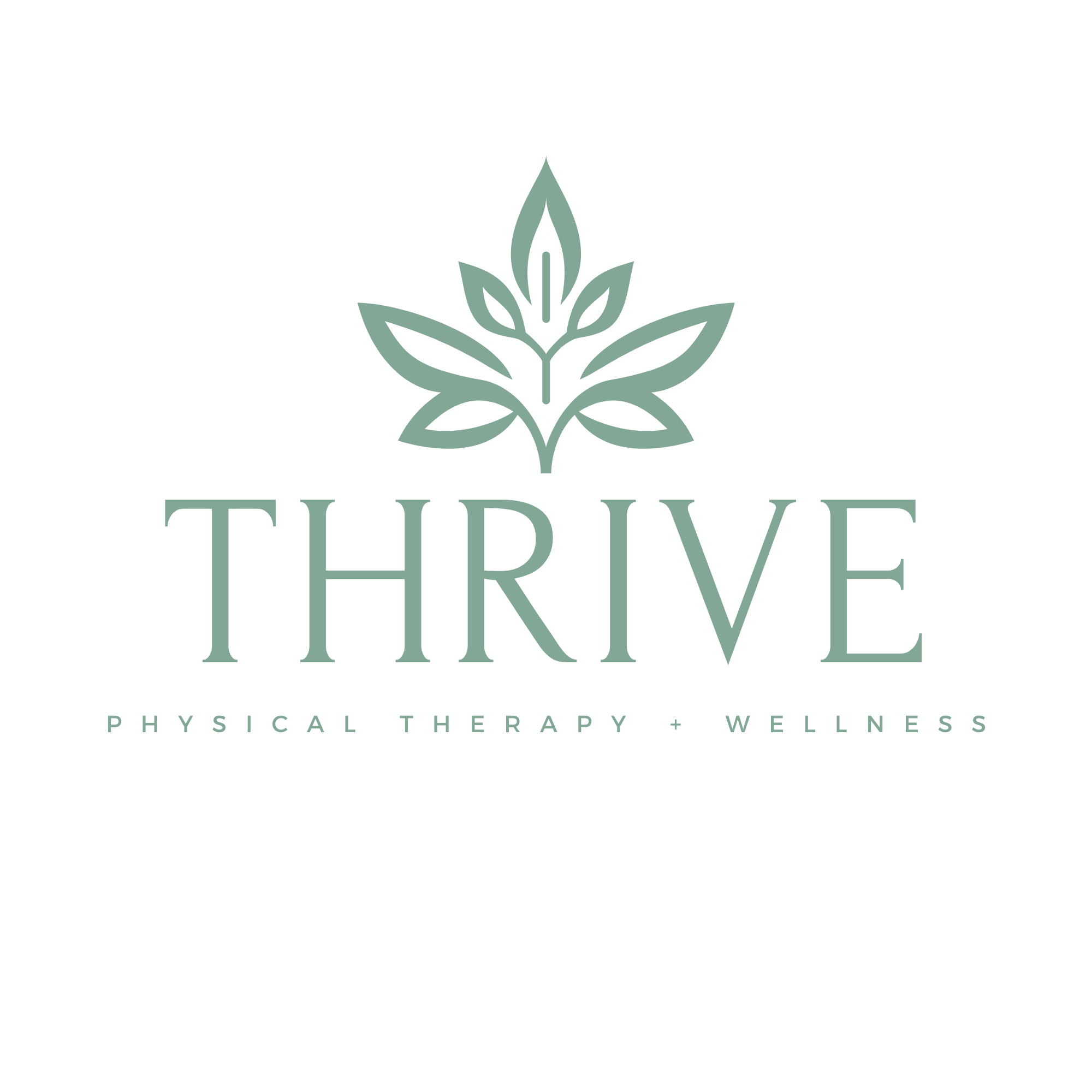
If you’ve ever felt a tingle shoot through your wrist or your fingers go mysteriously numb while typing away at your desk, you’re not alone. Carpal Tunnel Syndrome (CTS) is the not-so-gentle reminder that our wrists aren’t invincible — especially in today’s tech-heavy world. But the silver lining? Physical therapy is an incredibly effective and often overlooked solution for managing and even reversing the effects of this frustrating condition. At the heart of this therapeutic journey lies Thrive Physical Therapy, a place where healing isn’t just about science — it’s about connection, personalization, and purpose-driven care.
Understanding the Weight of Carpal Tunnel Syndrome
CTS occurs when the median nerve, which runs from your forearm into the palm of your hand, becomes compressed at the wrist. It travels through the carpal tunnel — a narrow passageway surrounded by bones and ligaments. When swelling, repetitive movements, poor wrist posture, or underlying health issues like diabetes or arthritis come into play, this nerve can get pinched, leading to pain, numbness, tingling, or weakness in the hand and fingers.
Often associated with office work, the condition isn’t picky — it can affect anyone from musicians and factory workers to gamers and hairstylists. It starts as a whisper — maybe your hand just feels a little “asleep” sometimes. But over time, it can progress into a constant murmur that makes opening a jar or buttoning a shirt feel like an Olympic challenge.
Why Physical Therapy Works — And Works Well
Surgery isn’t the only road to relief. In fact, for many people, it doesn’t have to be the road at all. Physical therapy provides a non-invasive, deeply personalized approach that focuses on not just relieving the symptoms of carpal tunnel but correcting the underlying causes.
At a place like Thrive Physical Therapy, care isn’t cookie-cutter. It’s built around you. A therapist doesn’t just glance at your wrist and hand over an exercise sheet. They take the time to understand how your symptoms show up in your daily life — whether it’s typing, driving, cooking, or crafting — and then build a roadmap back to comfort and functionality.
What Your First Visit Might Look Like
Walking into Thrive for the first time, expect more than just a clipboard and a waiting room. You’re greeted with warmth and curiosity — not just about your pain, but about your life. What do your days look like? What kind of activities trigger the numbness or tingling? Are you waking up at night shaking your hand out to find relief?
This conversation matters. It sets the stage for a customized evaluation where your therapist will gently assess your wrist’s range of motion, grip strength, nerve mobility, and posture. Sometimes, CTS is just the symptom — poor ergonomics, shoulder tension, or even neck issues can play a role. A seasoned therapist at Thrive will be on the lookout for those connections, drawing a full picture of what’s really happening beneath the surface.
The Healing Plan: Stretch, Strengthen, Reeducate
The treatment plan will likely begin with education — because how you move matters. A good physical therapist won’t just tell you what to do; they’ll explain why it matters. You’ll learn how to modify your wrist position while sleeping, or how to avoid resting your hands on the edge of your laptop while typing.
Next comes gentle stretching. Tight muscles in the wrist, hand, forearm, and even shoulder are slowly loosened to relieve pressure on the median nerve. You might be guided through soft tissue mobilization techniques or nerve-gliding exercises — simple but powerful movements that help the nerve slide smoothly through the carpal tunnel again.
Then comes strengthening. Not just for the wrist, but the muscles of the forearm, shoulder, and even core, because good posture and stability upstream mean less stress downstream. At Thrive, these exercises are carefully chosen and paced — they don’t throw you into pain, they guide you away from it.
Manual therapy is also a cornerstone. This is where your therapist uses their hands — literally — to release tight tissue, mobilize joints, and promote circulation. It’s a hands-on approach that can offer immediate relief while supporting long-term healing.
And finally, you’ll likely explore functional retraining. This means going back to those activities that cause pain — like typing, lifting, or chopping vegetables — and learning how to do them differently. Not less, not slower, just smarter. This is where real-life healing happens.
The Emotional Side of Recovery
One of the less talked about aspects of CTS is the emotional toll. Chronic pain, especially when it disrupts work or hobbies, can breed frustration and even anxiety. There’s a subtle kind of grief in realizing you can’t use your hands the way you used to. Thrive gets this. They don’t just treat the wrist; they care for the whole person behind it.
That empathy matters. It creates a space where you’re not just “the carpal tunnel case at 2:30,” but a human being with goals, limitations, habits, and hope. Recovery is never linear, and the team at Thrive knows how to walk beside you when progress feels slow or the setbacks sneak in.
Measuring Progress Beyond Pain
One day, you realize you’ve gone a whole morning without shaking your hand. Or maybe you buttoned your shirt with ease. These small moments are massive wins in the world of physical therapy. Thrive encourages you to track function, not just pain — to notice what you’re able to do again.
That reframe is powerful. Because in healing, it’s not only about what’s gone (the tingling, the numbness) but what’s returned — control, confidence, ease.
Therapists at Thrive will reassess your grip strength, range of motion, and nerve sensitivity throughout your sessions. But they’ll also ask about your life: Are you sleeping better? Are you back to gardening or writing without discomfort? Your story becomes a living indicator of success.
When Healing Feels Slow — And Why That’s Okay
There’s no set timeline for healing from CTS, especially through physical therapy. Some feel a difference in weeks, others in months. But slow doesn’t mean ineffective. Your body is re-learning patterns that may have been ingrained for years. And in that sense, every small shift is a triumph.
Thrive’s approach supports this slow-and-steady philosophy. You’re never rushed or dismissed. Each session builds on the last with care and intention. And even if surgery eventually becomes necessary, physical therapy before and after can dramatically improve outcomes.
In some cases, therapy alone is enough to completely avoid surgery. In others, it strengthens the body and mind in preparation for a smoother recovery. Either way, it’s never a wasted effort.

Customization Is the Key
What sets Thrive Physical Therapy apart is their insistence that no two wrists are the same — and neither are the people attached to them. Your therapy won’t look like your neighbor’s or your cousin’s. It’s yours — shaped by your symptoms, your goals, and your schedule.
You might get dry needling, kinesiology taping, or ergonomic recommendations tailored to your home office. You may even receive guided breathing techniques if stress is contributing to muscle tension. This kind of holistic approach ensures that every session is purposeful and aligned with your needs.
Therapists here act as educators, coaches, cheerleaders, and sometimes detectives. They’re trained not just in anatomy, but in asking the right questions — in reading between the lines of your symptoms to find the root cause and truly address it.
Preventing Recurrence: Your Role After Therapy
Finishing therapy doesn’t mean you’re left to figure it all out alone. Thrive’s team empowers you with a toolkit — exercises, posture tips, self-care techniques — to keep symptoms at bay long-term.
You’ll walk away with more than just relief. You’ll carry with you the knowledge of how to protect your wrists in the future, how to listen to the early warning signs, and how to respond with confidence instead of fear.
The idea isn’t to make you dependent on therapy forever. It’s to make you independent, capable, and pain-free in your day-to-day life.
Looking Beyond the Wrist: A Holistic Healing Experience
Carpal Tunnel Syndrome may start in the wrist, but its effects ripple far wider — impacting everything from your productivity to your mental well-being. Thrive Physical Therapy understands this deeply. Their model of care acknowledges that healing is not just mechanical — it’s emotional, habitual, even spiritual in some ways.
It’s about giving people back the freedom to do what they love without pain. It’s about reminding you that your body is not broken, just out of balance — and balance can be restored with the right support, patience, and a tailored plan.
Suggested Reading: Hand Therapy vs. Surgery: Which is the Best Option for Recovery?
Conclusion: Where Healing Hands Meet Open Hearts
Choosing physical therapy for Carpal Tunnel Syndrome isn’t just about avoiding surgery — it’s about choosing to listen to your body, to treat the root cause rather than masking the symptoms, and to trust that healing is possible with the right guidance. Thrive Physical Therapy offers that guidance with compassion, clarity, and clinical excellence.
If you’ve been living with wrist pain, if the numbness has crept into your sleep or your workday, or if you’re just tired of wondering when it’ll get worse — maybe it’s time to see what physical therapy can really do.
And when you’re ready, know that Thrive Physical Therapy is more than just a clinic. It’s a community of expert caregivers committed to helping you move better, feel stronger, and return to doing the things you love — without pain holding you back.

